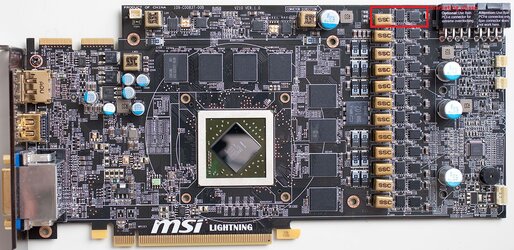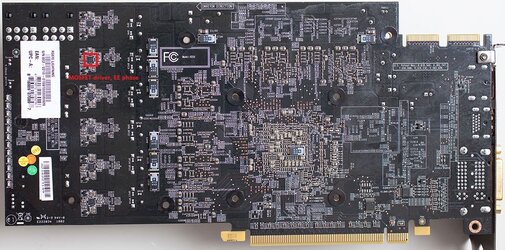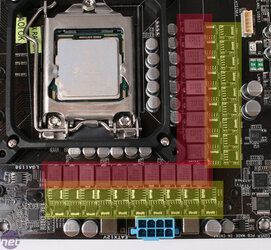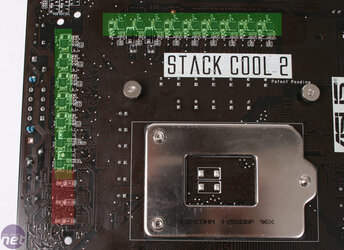- Joined
- Apr 20, 2004
- Location
- JAX, Mississauna
My gawd when will this Bulldozer/Zambezi thing ever end? Heat heat heat, everywhere you turn. Caddi Daddi has raising capacitors on his motherboard from 1.6+ Vcore on a power hungry BD. Questions of can I get enough VRM circuitry and cooling to push a BD. That is a funny statement I just typed. To me anyway. Did anyone ever try to 'push' a bulldozer. In real life pushing a bulldozer would be a 'heavy' job for sure. So to in computer land to push the clocks of a BD processor with its' high heat and power draw when removed from its' designed power control parameters.
I sincerely hope for the consumer's sake that PD is less hungry for energy and then should need less cooling to remove the heat from that energy consumption.
The problem we all are facing is when a user wants informational help in specc'ing out a system. That specc'ing is even more of a complicated task of trade-offs if there is a tight budget and we want to purchase enough VRMs and cooling of that power circuit at the outset. That costs money. We are all 'beginning' to believe in VRM phases due to the power hungry nature of BD. We did not know this at first for extended periods of use. We believe we know it now.
My recommendation to the OP would be to NOT buy BD at all. Wait for PD processors since they are being hyped as faster performing and less power hungry. Stick AMD with all those HOT FX processors like they screwed us by drying up all the good 1090T and 1100T processors so we HAD to buy the FX series of processor. Maybe teach big business a minor lesson. I digess. Crap am sorry.
If one has to buy FX-series before the PD processors arise and also intends to run with the power controls turned off then buy the best proven VRM circuit you can buy and that includes good power phases and cooling. I think over the long term course of time, that we may see boards fail from pushing power and heat for BD. Warranty time frame may become a topic in a year or two. i know some boards have a 5 year warranty and for those that do not upgrade often, that might be a consideration with an always pushed BD not running in BD's designed power parameters.
Yes, I know I am typing some stuff that is perhaps not considered yet, but I think it maybe time to look at the bigger picture for out reccomends. Well just maybe.
At any rate I am still RGone...ster. To my place.
I sincerely hope for the consumer's sake that PD is less hungry for energy and then should need less cooling to remove the heat from that energy consumption.
The problem we all are facing is when a user wants informational help in specc'ing out a system. That specc'ing is even more of a complicated task of trade-offs if there is a tight budget and we want to purchase enough VRMs and cooling of that power circuit at the outset. That costs money. We are all 'beginning' to believe in VRM phases due to the power hungry nature of BD. We did not know this at first for extended periods of use. We believe we know it now.
My recommendation to the OP would be to NOT buy BD at all. Wait for PD processors since they are being hyped as faster performing and less power hungry. Stick AMD with all those HOT FX processors like they screwed us by drying up all the good 1090T and 1100T processors so we HAD to buy the FX series of processor. Maybe teach big business a minor lesson. I digess. Crap am sorry.
If one has to buy FX-series before the PD processors arise and also intends to run with the power controls turned off then buy the best proven VRM circuit you can buy and that includes good power phases and cooling. I think over the long term course of time, that we may see boards fail from pushing power and heat for BD. Warranty time frame may become a topic in a year or two. i know some boards have a 5 year warranty and for those that do not upgrade often, that might be a consideration with an always pushed BD not running in BD's designed power parameters.
Yes, I know I am typing some stuff that is perhaps not considered yet, but I think it maybe time to look at the bigger picture for out reccomends. Well just maybe.
At any rate I am still RGone...ster. To my place.




